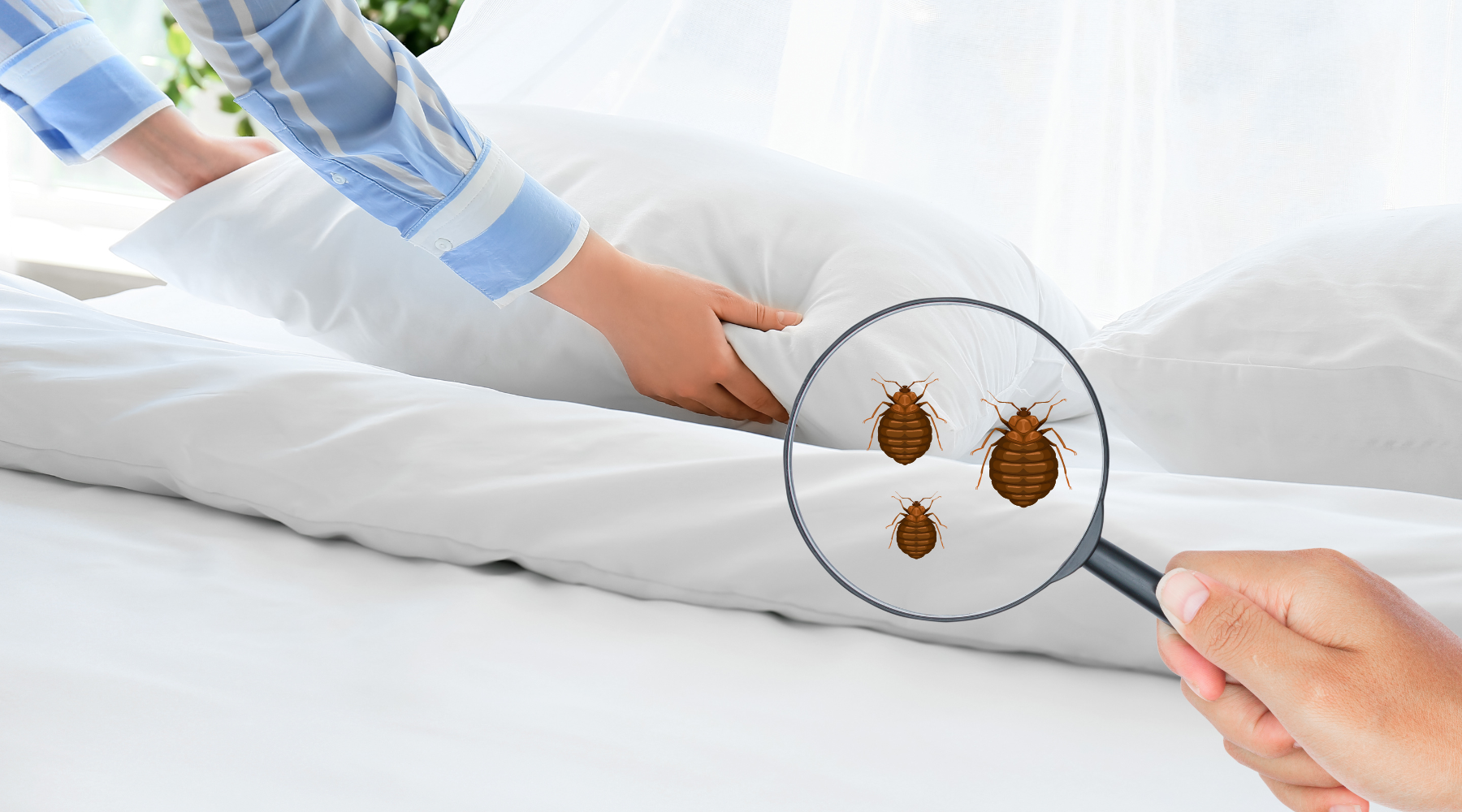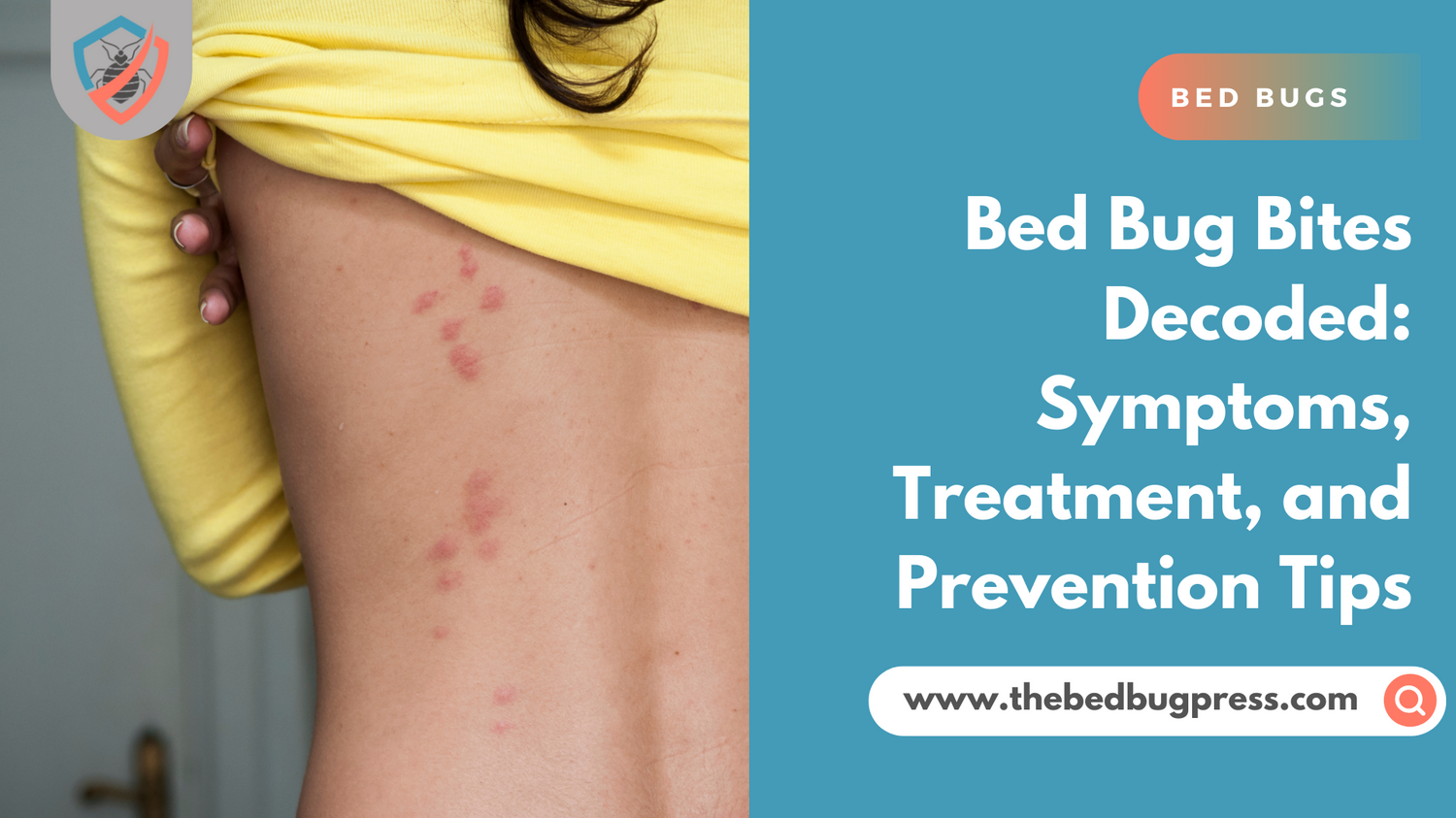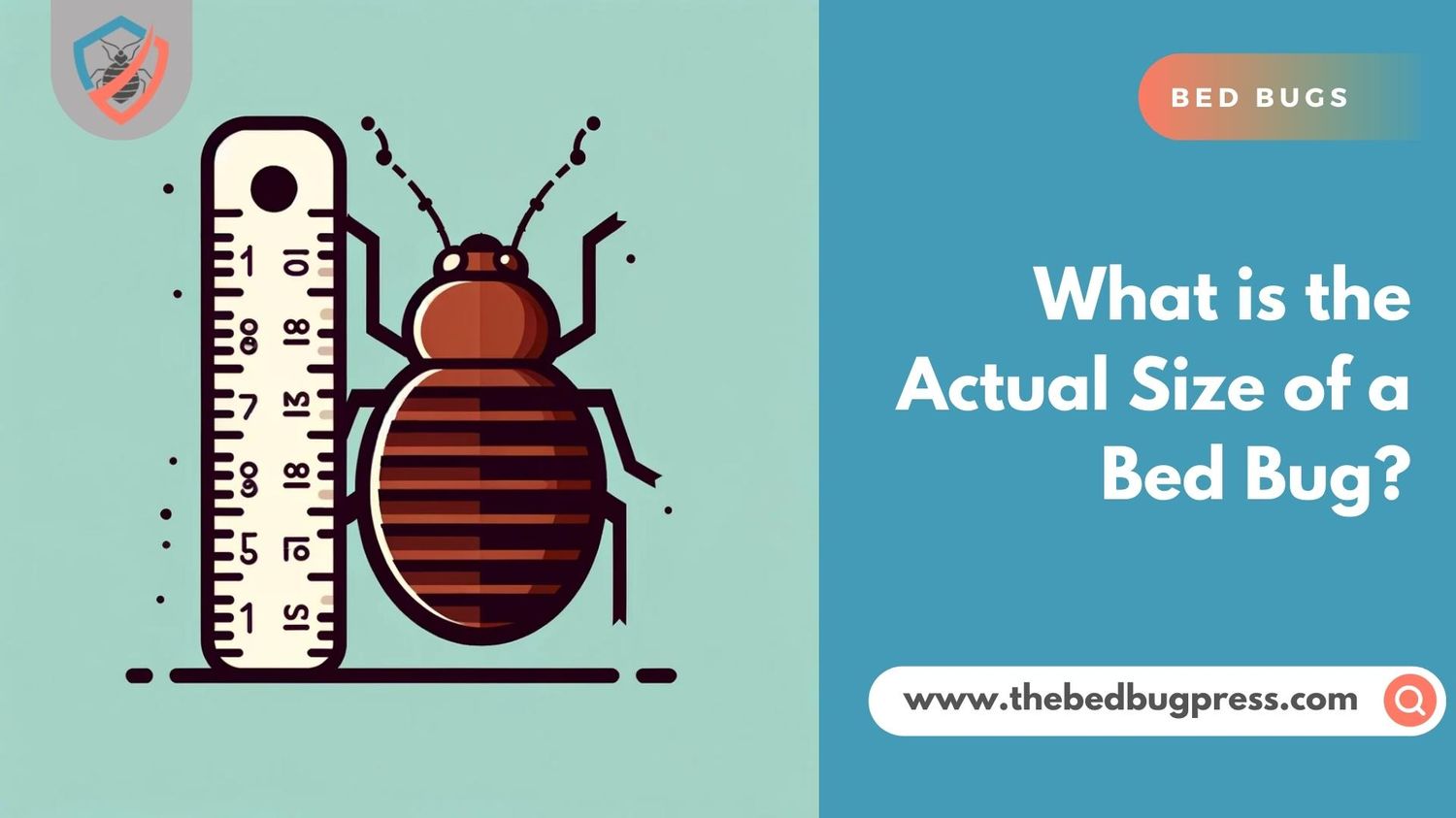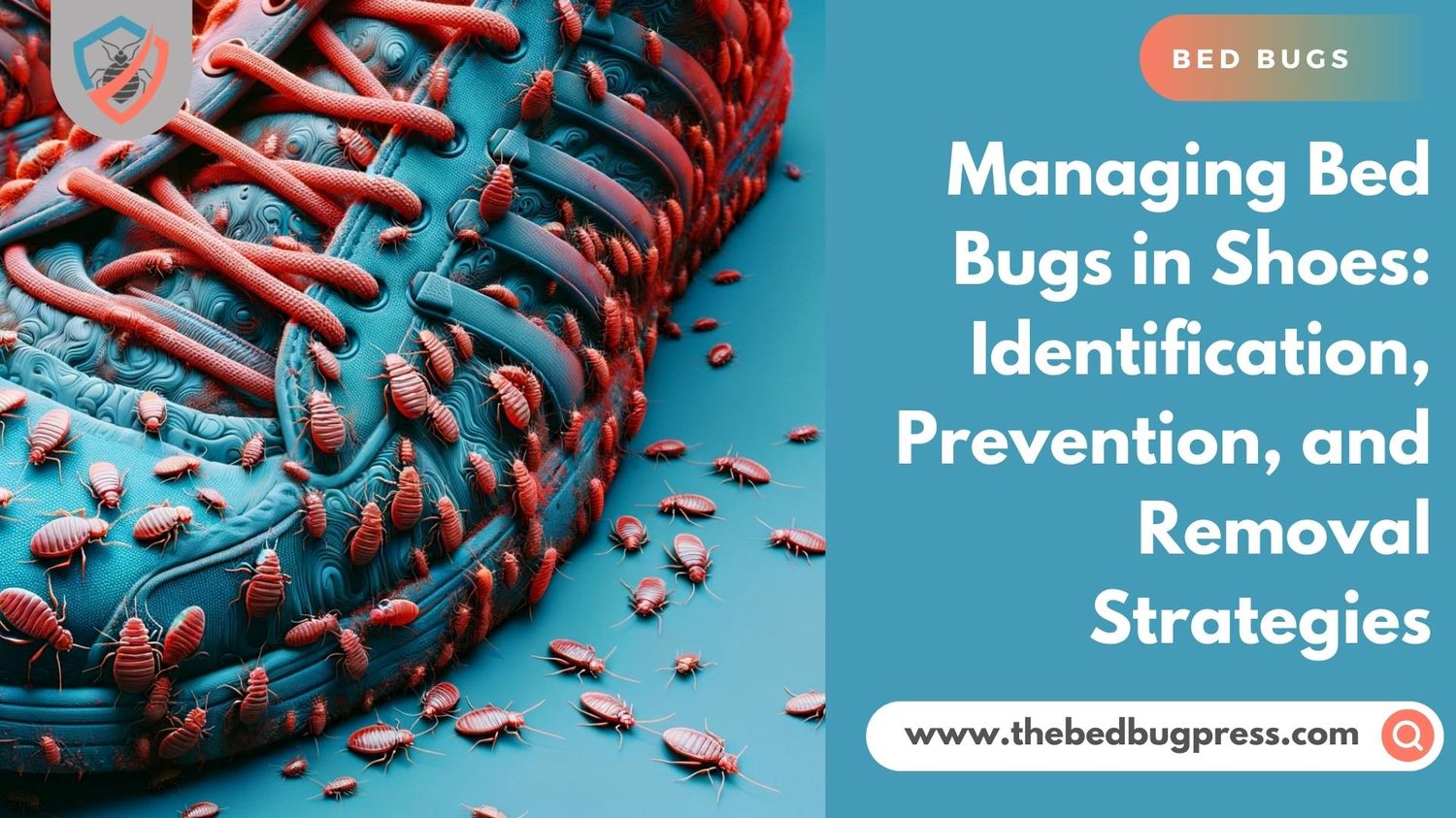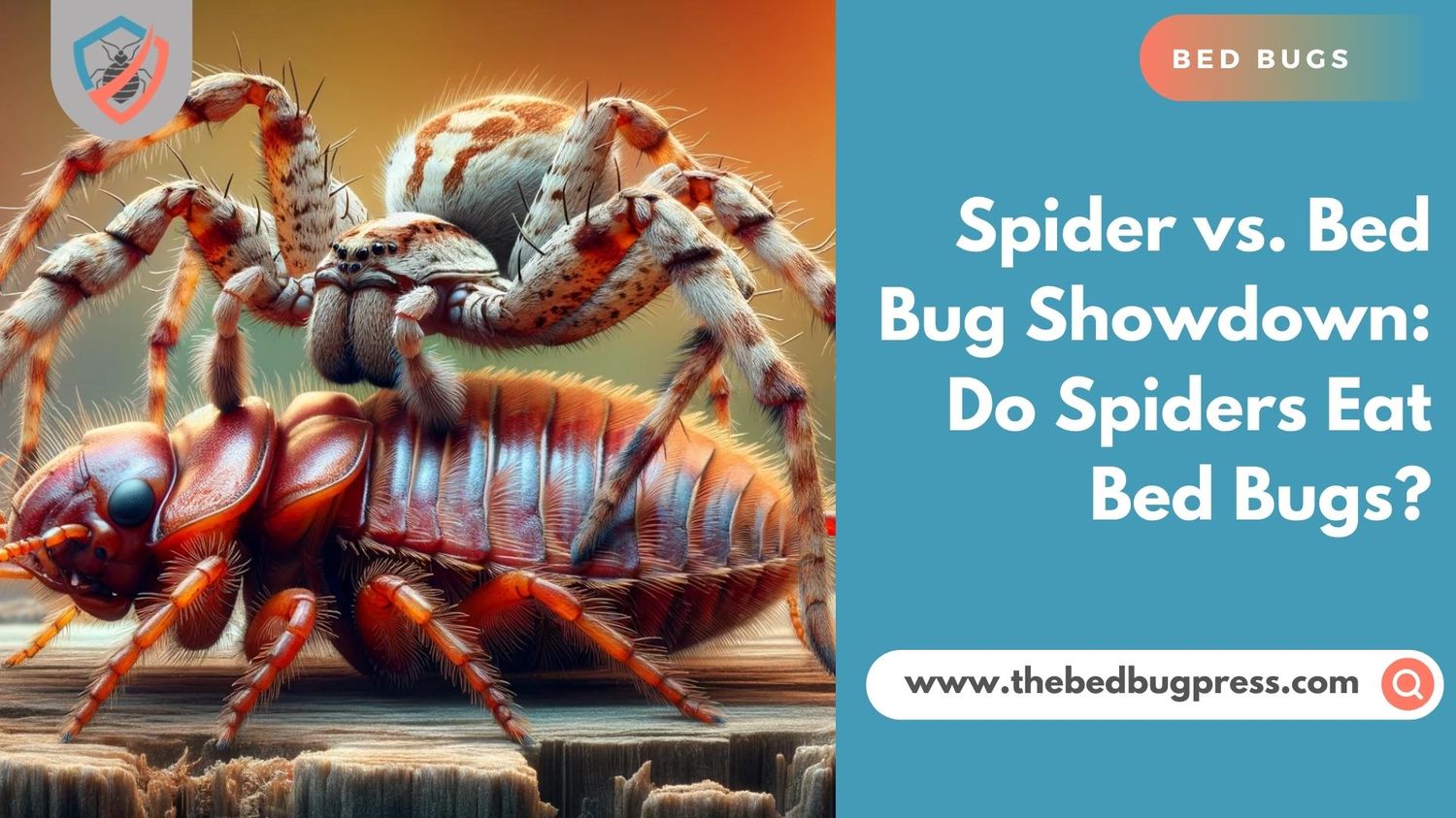Are you concerned about the possibility of bed bugs lurking in your sleeping environment? If so, you’ve come to the right place. In this article, we will provide you with valuable insights into identifying bed bugs on sheets through a series of images and descriptions.
Armed with this knowledge, you can take prompt action to address any potential infestations and ensure a comfortable, bug-free sleep. So, let’s explore the telltale signs of bed bugs on sheets and learn how to effectively recognize these unwelcome intruders before they become a larger problem.
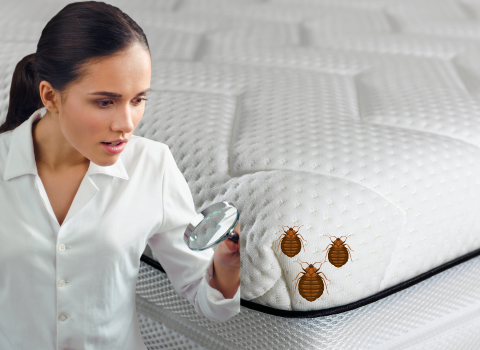
A Close-Up Look: Images of Bed Bugs on Sheets and How to Identify Them
In this section, we’re going to provide you with a close-up look at bed bugs on sheets through a series of detailed images. These visual aids will help you understand the various stages of bed bug development and their behavior on distinct types of bedding materials.
By learning to identify them accurately, you can take swift action to address any potential bedbug infestations and ensure a comfortable, bug-free sleep. So, let’s dive in and examine these images of bed bugs on sheets, arming ourselves with the knowledge to combat these unwanted guests effectively.
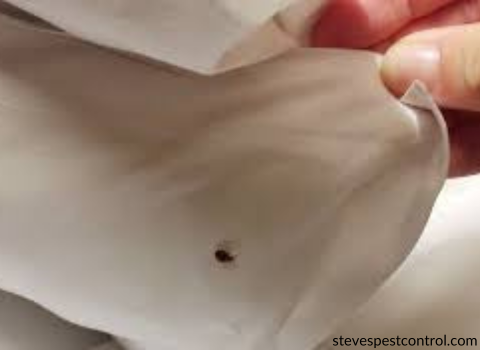
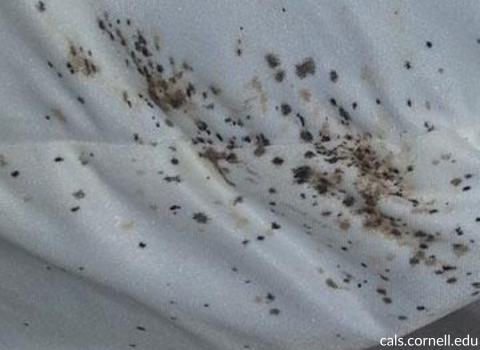
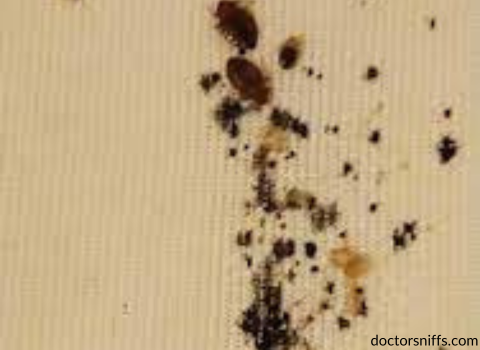
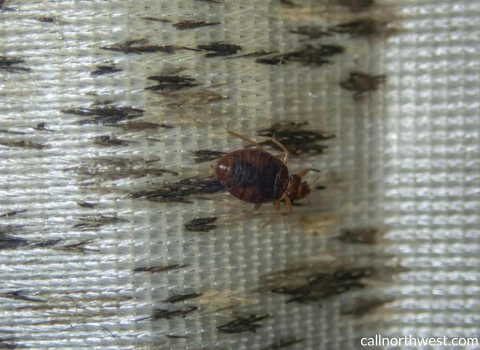
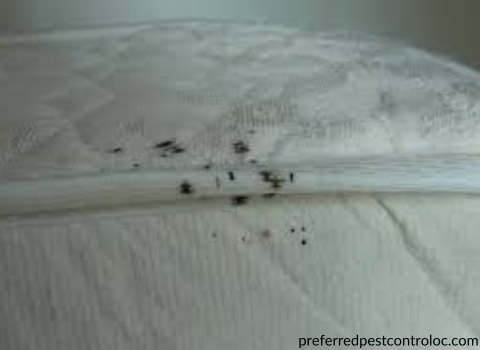
How to Identify Bed Bugs on Sheets
Learn to recognize the signs of bed bugs on your sheets with these common bed bug identification tips and strategies.
Appearance and Physical Characteristics
Understanding the appearance and physical characteristics of bed bugs is crucial for proper identification. Adult bed bugs are reddish-brown, oval-shaped, and flat-bodied insects, measuring about 4-5 millimeters in length. Nymphs, or juvenile bed bugs, are smaller and lighter in color, often translucent, making them harder to spot. As they grow and molt, their color becomes darker and more like adult bed bugs.
Common Hiding Places on Sheets
Bed bugs prefer to hide in tight spaces, so inspecting seams, folds, and edges of your sheets is essential. They tend to congregate around seams, stitching, and any areas where the fabric overlaps. Also, check pillowcases, as bed bugs may hide in the corners or along the seams.
Fecal Spots and Stains
One of the most telling signs of bed bug presence is fecal spots and stains on sheets. Bed bugs leave behind dark, irregularly shaped stains from digested blood meals. These stains can be found on the surface of the sheets or along the edges, and their presence indicates recent bed bug activity.
Cast-Off Exoskeletons and Eggs
As bed bugs grow, they shed their exoskeletons during the molting process. These cast-off exoskeletons are typically light brown and resemble the shape of a bed bug. Additionally, bed bug eggs are small, off-white, and oval-shaped, often deposited in inconspicuous locations on sheets. Both exoskeletons and eggs are indicators of an active infestation.
By familiarizing yourself with the appearance, hiding spots, and signs left by bed bugs on bed sheets, you can effectively identify their presence and take prompt action to eliminate them. With this knowledge, you can ensure a comfortable and bed bug bites-free sleep environment.
Say Goodbye to Bed Bugs: Pictures of Bed Bugs on White Sheets and Prevention Strategies
Below are pictures of bed bugs on white sheets, offering a clear perspective on what to watch for in any living space. Alongside these visual insights, valuable prevention strategies are shared, empowering individuals to maintain a bed bug-free environment.
By recognizing telltale signs of bed bug activity and employing proactive measures, it becomes possible to bid farewell to these unwelcome bedroom intruders and enjoy restful, undisturbed slumber.
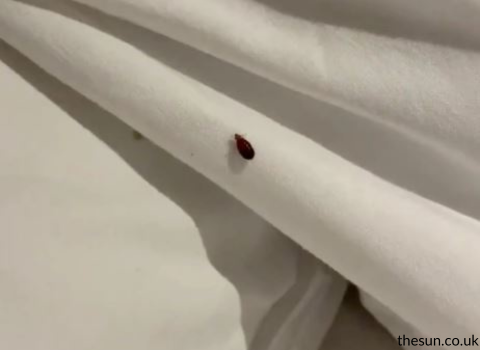
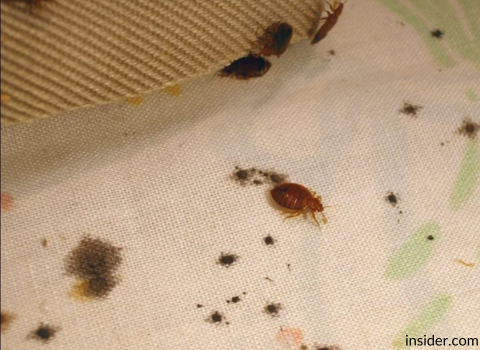
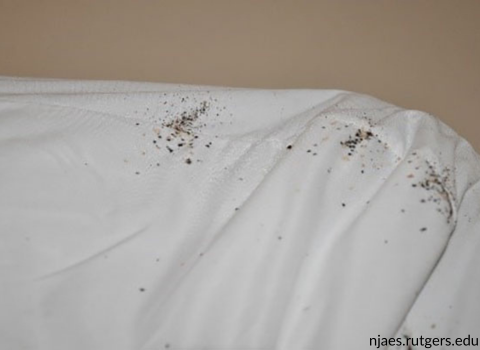
Strategies to Prevent Bed Bugs from Reaching Your Bed
Keep bed bugs at bay with these effective preventative strategies, ensuring a comfortable and pest-free living environment.
Regular Inspection and Cleaning
Consistent inspection and cleaning of bedding materials are crucial steps in preventing bed bug infestations. Examine sheets, pillowcases, and mattress covers for any signs of bed bugs, such as fecal stains, shed exoskeletons, or live insects. Washing and drying bedding at high temperatures can kill off any bed bugs that may be present, reducing the risk of infestation.
Seal Cracks and Crevices
Bed bugs often enter homes through cracks and crevices in walls, floors, and furniture. Sealing these openings with caulk or other appropriate materials can help prevent bed bugs from gaining access to living spaces. Regularly inspect and repair any damaged areas to maintain a secure barrier against pests.
Utilize Protective Encasements
Protective mattress and box spring encasements can serve as an effective barrier, preventing bed bugs from hiding or laying eggs within these areas. Choose high-quality, bed bug-proof box springs and encasements designed to keep pests out and inspect them periodically for signs of damage or wear.
Avoid Bringing Infested Items Home
When traveling or acquiring second-hand furniture, exercise caution to avoid bringing bed bugs into your home. Inspect hotel rooms and luggage carefully, and thoroughly examine any used items before introducing them to your living space. If any signs of bed bugs are detected, take appropriate measures to treat or discard the items.
By implementing these preventative strategies, it becomes possible to maintain a bed bug-free environment and enjoy a restful, undisturbed sleep. Stay vigilant, prioritize cleanliness, and take proactive measures to ensure a comfortable and pest-free home.
What Do Your Sheets Look Like If You Have Bed Bugs?
If bed bugs have infiltrated your sheets, there are several telltale signs to watch out for. Your sheets may exhibit dark, irregular fecal spots, which are the result of digested blood meals left behind by the pests.
Additionally, you may find bed bugs’ shed exoskeletons or tiny, off-white eggs hidden within the folds and seams of the sheets. In some cases, live bed bugs may be spotted traversing the fabric, particularly during the night. Identifying these indicators is crucial for detecting an infestation and taking prompt action to eliminate these unwelcome intruders.
Can You See Bed Bugs Crawling on Your Sheets?
Indeed, it is possible to see bed bugs crawling on sheets, although spotting them may prove to be a challenge due to their small size and elusive nature. Bed bugs are nocturnal creatures that prefer to hide during the day and come out at night to feed on their hosts.
They are typically reddish-brown, flattened, and oval-shaped, measuring around 4-5 millimeters in length when fully grown. Against light-colored sheets, their distinctive color and shape can make them easier to identify.
To increase the chances of spotting bed bugs on sheets, a few strategies can be employed. First, consider using a flashlight or a bright light source to inspect the bedding materials, mattress seams, bed frame, and any crevices or folds for signs of bed bug activity.
Nighttime inspections can also be helpful, as this is when bed bugs are most likely to be active and searching for a meal. Pay close attention to any movement on the sheets, as well as any unusual odors that may indicate the presence of these pests – a sweet, musty scent is often associated with bed bug infestations.
While seeing bed bugs crawling on sheets can be unnerving, their presence can serve as a clear warning sign of an infestation, allowing for prompt action to be taken. If bed bugs are detected, it is crucial to implement a comprehensive treatment plan, which may include professional extermination, thorough cleaning of bedding materials, and the use of protective encasements.
By remaining vigilant and proactive, individuals can effectively tackle bed bug infestations and maintain a comfortable, pest-free living environment.
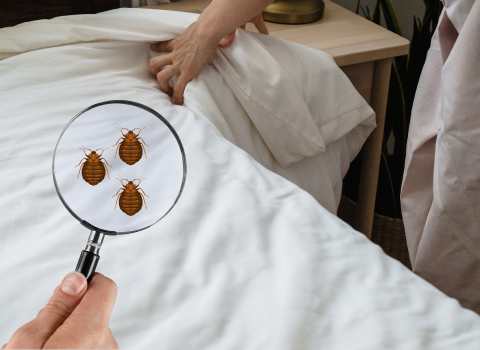
Detection Tips to Identify Bed Bugs on Sheets
Bed bug infestations can be a nightmare for any homeowner. To tackle these unwelcome pests, it is essential to detect their presence early on.
Below are valuable detection tips to help identify bed bugs on sheets, empowering individuals to take prompt action and maintain a comfortable, pest-free living environment.
Look for Fecal Spots
One of the most apparent signs of bed bugs on sheets is fecal spots, which appear as small, dark, irregular stains on white background. These spots are the result of digested blood meals excreted by bed bugs. Carefully examine sheets, pillowcases, and mattress covers for any such markings as an indication of bed bug activity.
Search for Shed Exoskeletons and Eggs
Bed bugs go through several developmental stages, shedding the skin from their exoskeletons as they grow. These shed skins may be found on sheets and other bedding materials. Additionally, female bed bugs lay tiny, off-white eggs in hidden spaces, such as folds and seams of sheets. Inspect bedding thoroughly for these telltale signs to detect a potential infestation.
Use a Flashlight to Spot Live Bed Bugs
Live bed bugs can be challenging to spot due to their nocturnal nature and preference for hiding during the day. Using a flashlight, carefully inspect sheets, mattress seams, floor, and any crevices or folds in the bedding for live bed bugs. They are typically reddish-brown, flattened, and oval-shaped, making them easier to identify against light-colored sheets.
Employ a Bed Bug Detection Tool
Various bed bug detection tools, such as interceptor traps and adhesive monitors, can be utilized to help identify the presence of bed bugs around your sleeping area. Place these devices near the bed legs or along baseboards to capture bed bugs as they attempt to reach their host. Regularly check the traps for signs of bed bug activity.
Early detection is key to controlling and eradicating bed bug infestations. By employing these detection tips, individuals can stay vigilant and take prompt action if any signs of bed bugs are found on sheets. Stay proactive and prioritize cleanliness to ensure a comfortable, pest-free home.

